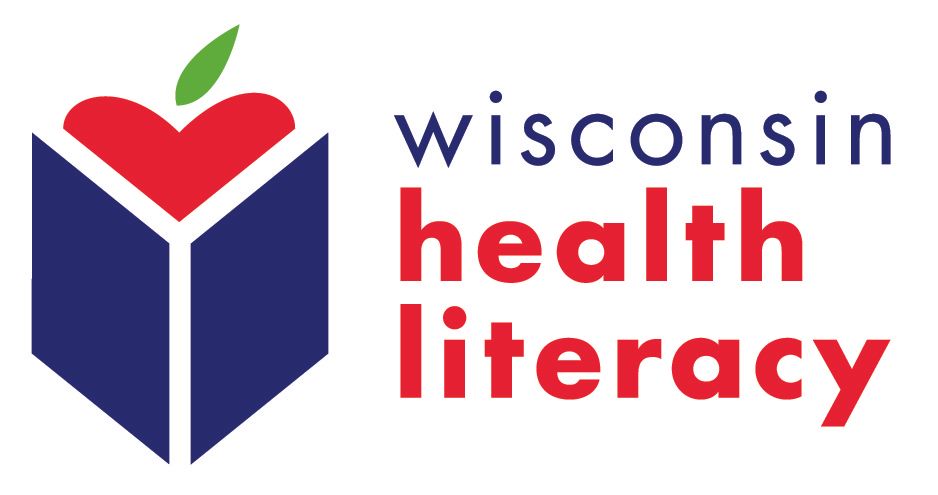According to Digital US, half of Americans aren’t comfortable using technology to learn. This means that helping our adult learners become digitally literate is about more than access to technology: It’s about attitudes.
Technology evolves faster than most of us can keep up with. This evokes feelings of fear, frustration, incompetence, and ultimately, avoidance. One way to reduce anxiety around technology is to use a conceptual framework called digital resilience.
What is digital resilience?
As a child I got the message that I was bad at math; consequently, I learned to avoid all things mathematical. It wasn’t until I was an adult that someone explained to me, “Being good at math isn’t about knowing the right answer; it’s about how you behave when you don’t know it.” Similarly, digital resilience isn’t about knowing every program or app. It’s about having the confidence and curiosity to apply what you already know in new contexts. And it’s about being flexible and resourceful when you encounter problems. These are the qualities our adult students need in order to be successful in a digital age.
How can I teach digital resilience?
1. Model patience, curiosity, and collaboration
Consider yourself a co-learner and facilitator while exploring digital technologies with your students. Liberate yourself. One person cannot know it all. You don’t have to be an expert!
- Sounds like: I wonder what happens when we press this button?
- Looks like: Don’t be afraid to get stuck. Show confidence that together you can get “unstuck.”
2. Make sure digital learning is hands-on
We learn by doing. Empower students with digital independence.
- Sounds like: Why don’t you install the app on your phone while I coach you?
- Looks like: Students are on the digital device. You patiently give directions and resist doing the task for them.
3. Teach the same digital skills in a variety of contexts
We need to use skills in different situations in order to develop adaptability.
- Looks like: Show students that the copy/paste trick they learned in Microsoft Word also works in Google docs, a web browser, and email.
4. Teach problem solving steps
Knowing the steps to take to get unstuck can increase a student’s confidence and reduce fears of making a mistake.
- Sounds like: Where can I get help? How can I use this safely?
- Looks like: Lesson plans that include troubleshooting skills such as the “undo” button or what to do if you forget your password.
5. Celebrate the successes!
Celebrating even tiny accomplishments can help develop self-efficacy, the belief that you have what it takes to succeed.
- Sounds like: Look how far you’ve come!

